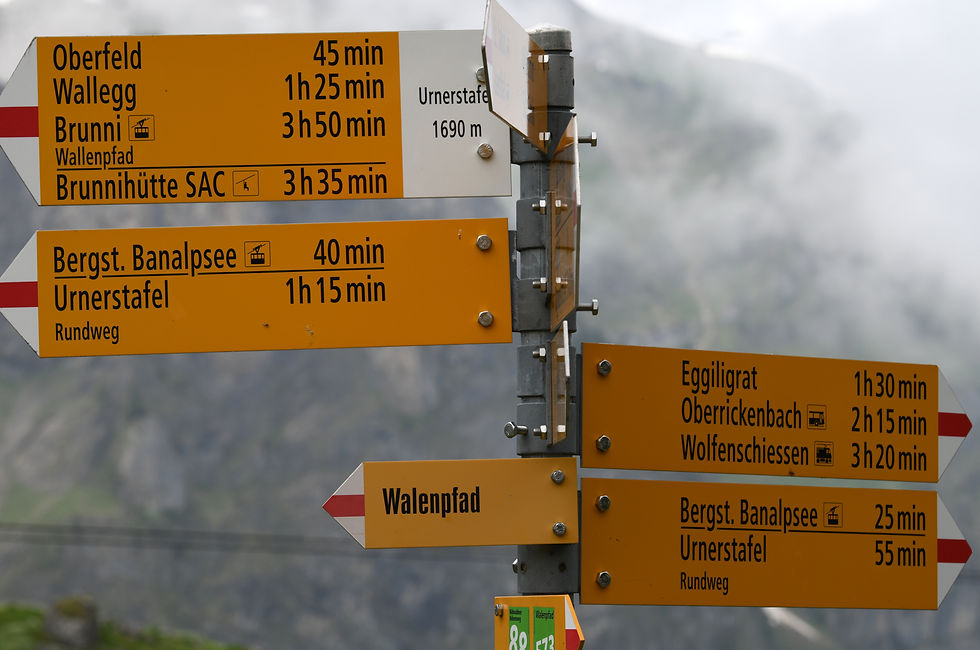Steering Clear of Communication Traps
- Zennie Trang Nguyen
- Feb 24, 2021
- 2 min read
Updated: Oct 9

The outcomes of a communication campaign is not decided by destiny, but primarily by strategic direction. However, if the journey begins merely with aspirational impulses, market pressure, or top-down orders, a business is likely to receive ‘penalty tickets’ for overloading or over-speeding and pay the price with one, or even all three, critical resources: Time, Budget, and Communication Momentum.
What Does It Cost a Brand When Penalized?
Every campaign is an investment. And like any investment, the penalties for missteps can be severe.
Lost Time: Ambitions set too high often push brands into bloated, unwieldy strategies. Execution drags on. Timelines stretch. And impact remains frustratingly thin.
Lost Budget: Ambitious campaigns demand solid financial backing and long runways. Without both, resources are quickly burned, leaving little to show in return.
Lost Momentum: Even when extra funds and time are poured in, brands can end up in what strategists call ‘green harvest seasons’: consumer interactions that feel rushed, underdeveloped, and unpersuasive. A sprint that ends in collapse not only wastes effort but also drains organizational energy.
A bold strategist and a strong brand manager can, together, unlock dazzling campaigns. But without clarity, realism, and discipline, even the most brilliant collaboration ends with penalties, leaving the brand empty-handed in the end.
A Brand’s Lifecycle: The Four Stages That Matter
Like human beings, brands have an identity, a purpose, a personality, and a voice. And, like human beings, they move through four life stages:
Introduction: Build salience and establish recognition of the brand’s value.
Growth: Deepen preference, sharpen differentiation, and cement competitive advantage.
Maturity: Sustain loyalty while keeping the brand relevant to its long-standing consumers.
Decline: Prepare for withdrawal or restructure for renewal.
Understanding which stage the brand is in allows the strategic planner to craft roadmaps that are not just ambitious but achievable, avoiding over-speeding or over-loading along the way.
One Stage, One Focus
In brand communication management, “one stage, one focus” is not only a strategic principle but also the outcome of effective collaboration between the planner and the brand manager.
Businesses, when aiming high, often set their brands toward ambitious destinations, driven by trends or lofty aspirations. Teams rush to go faster and further, hoping to secure market share, establish market positioning and reap early gains. In this context, The so-called proper strategic pathway are often framed by relative perspectives that simply reinforce what the company already desires.
That is why establishing one clear focus per stage must result from deliberate alignment between planners and brand manager: assessing the brand’s current status, exchanging insights, and making grounded decisions. This consensus opens the door to expectation management, ensuring sharper focus, steadier pacing, resource optimization, and minimized waste.
A long-term vision paired with stage-specific priorities brings out strategic communication pathways that are creative and effective, rather than costly and risky
The Road to Destination
Brand communication somehow mirrors economic growth: rapid expansion does not always equal sustainable progress. What businesses need is a roadmap to arrive, not just to rush and pay the price.
The course Pathway to Strategic Communication Planning provides such a roadmap, helping companies build structured communication strategies that optimize resources and create added brand value. In today’s climate, where marketing costs consume an increasingly large share of corporate budgets, this approach is no longer optional, it is essential.



Comments